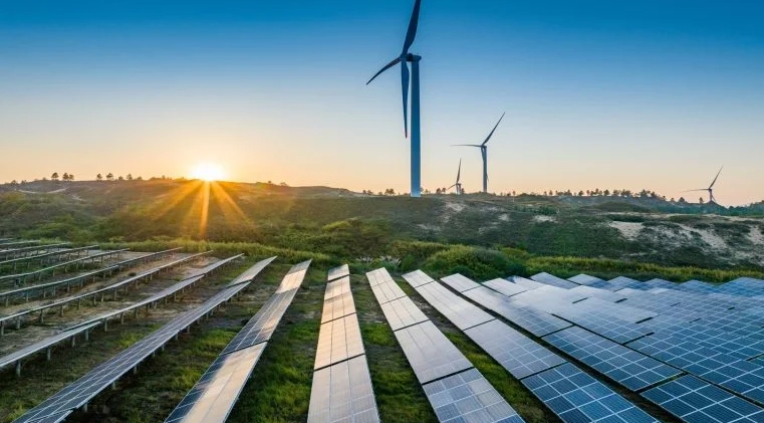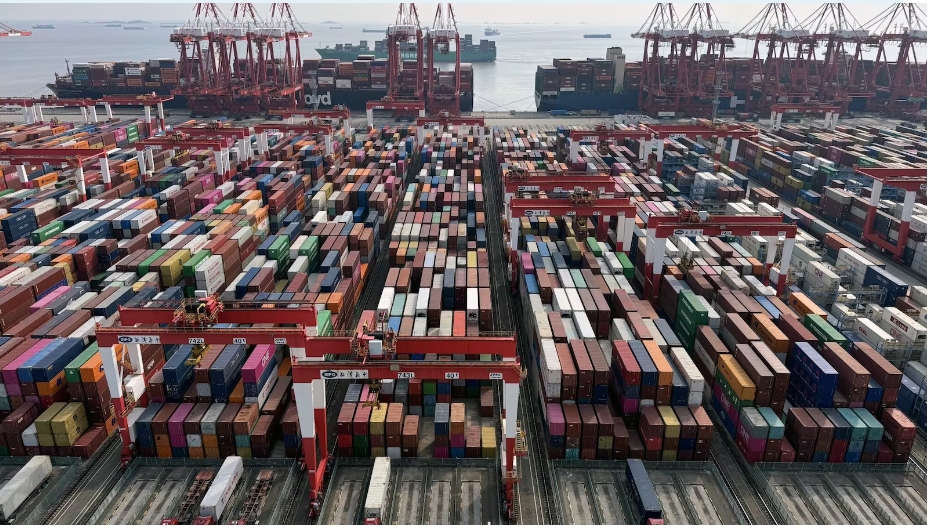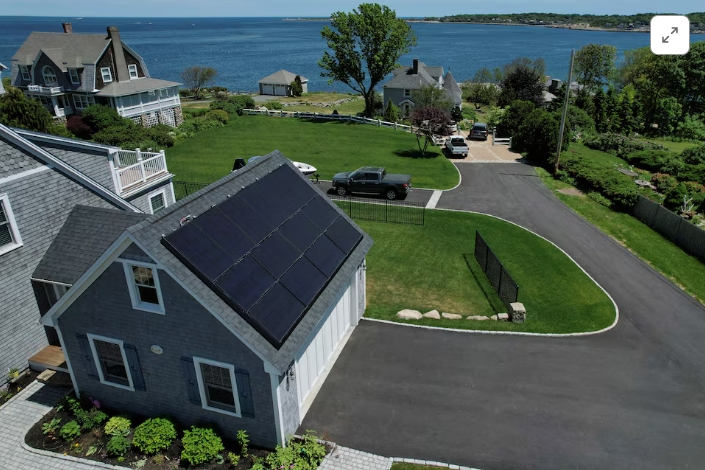
Aimed at de-risking hydrogen-to-power (H2P) investments and support deployments, the Department for Energy Security and Net Zero (DESNZ) said it will introduce a business model based on a dispatchable power agreement (DPA) framework.
Already used for carbon capture, utilisation and storage (CCUS) in the power sector, the DPA is designed to incentivise private finance for projects. The government intends to adapt the mechanism to suit the needs of H2P.
“Bespoke support and market intervention for H2P, via the H2P business model, will provide a route to market initially and our expectation is that as the technology develops, enabling infrastructure matures, and CAPEX and financing costs reduce, H2P would be able to compete with other technologies and deploy through a more competitive support process,” the government said.
With plans to present the business model design in the spring of 2025, DESNZ also hopes to modify the capacity market to allow for H2P technologies to be integrated.
The capacity market mechanism is designed to balance the UK’s electric grid during periods of peak demand. Capacity providers commit to being available to increase or reduce supply when needed. Providers are paid for both their availability and the electricity they generate.
It comes as the government looks to enable power plant developers to build new or retrofit existing plants to either hydrogen firing or carbon capture technology.
“We see H2P as a critical component of the future energy mix,” the government said. “This would act to complement shorter duration flexible technologies, such as batteries, ensuring the system can balance during longer periods of low-renewable output and/or high electricity demand.”
According to the IEA’s Global Hydrogen Review 2024, 32 announced hydrogen power generation projects could total 7.1GW of capacity by 2030.
Countries like South Korea, Japan, Singapore and Germany have all unveiled policy support for H2P, with all nations undertaking or unveiling tenders.







